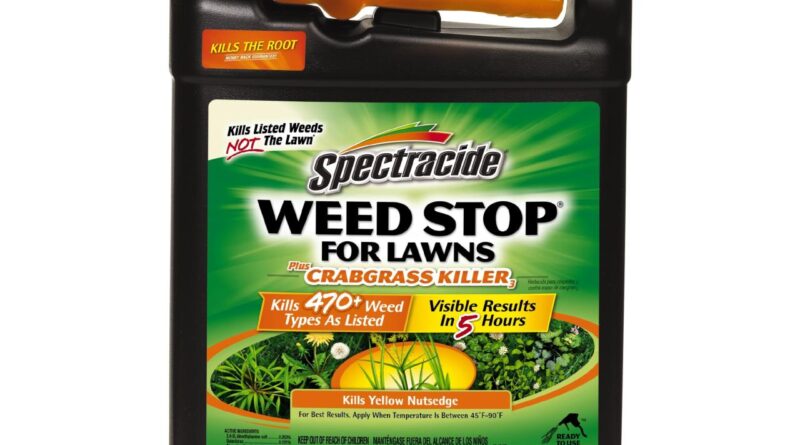Weed Control For Lawns: A Comprehensive Guide
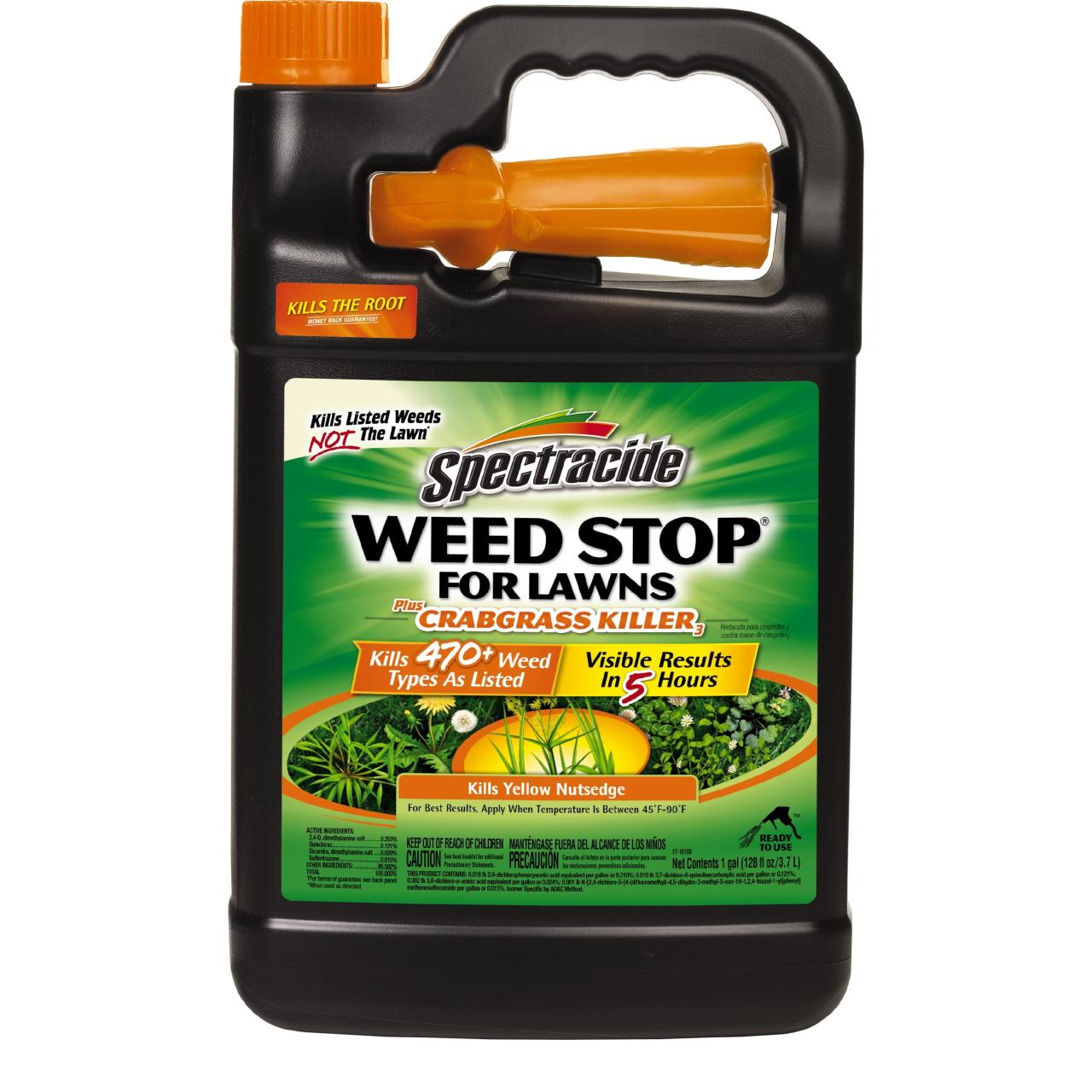
Weed Control for Lawns: A Comprehensive Guide
Maintaining a healthy, weed-free lawn requires a comprehensive approach to weed control. This guide will provide you with the knowledge and techniques necessary to effectively manage weeds in your lawn, ensuring a lush and vibrant outdoor space.
Understanding Weeds
Weeds are unwanted plants that compete with your lawn grass for water, nutrients, and sunlight. They can spread rapidly, taking over your lawn and diminishing its aesthetic appeal. There are two main types of weeds:
- Broadleaf weeds: These weeds have wide, flat leaves, such as dandelions, clover, and chickweed.
- Grassy weeds: These weeds resemble lawn grass but have different growth patterns and seed heads, such as crabgrass, goosegrass, and nutsedge.
Weed Control Methods
There are several effective methods for controlling weeds in lawns:
1. Cultural Practices
- Mowing: Regular mowing at the correct height helps suppress weed growth by removing their seed heads and preventing them from establishing.
- Watering: Proper watering practices, such as deep and infrequent watering, encourage deep root growth in lawn grass, making it more competitive against weeds.
- Fertilization: Fertilizing your lawn provides essential nutrients that help grass grow thick and healthy, reducing the likelihood of weed invasion.
2. Mechanical Control
- Hand pulling: Manually removing weeds by hand is effective for small infestations. Be sure to remove the entire root system to prevent regrowth.
- Tilling: Tilling the soil can disrupt weed roots and prevent them from establishing. However, this method can also disturb beneficial soil organisms.
3. Chemical Control
- Pre-emergent herbicides: These herbicides are applied before weeds germinate, creating a barrier that prevents them from emerging.
- Post-emergent herbicides: These herbicides are applied to actively growing weeds, targeting specific types of weeds without harming lawn grass.
Choosing the Right Herbicide
When selecting an herbicide, consider the following factors:
- Weed type: Choose an herbicide that is specifically designed to control the type of weeds you have.
- Lawn grass type: Some herbicides are only compatible with certain types of lawn grass.
- Application method: Herbicides come in various forms, such as granules, liquids, and sprays. Choose a method that is convenient and effective for your lawn.
Application Techniques
- Follow label instructions: Always read and follow the herbicide label carefully to ensure proper application and safety.
- Apply at the right time: Pre-emergent herbicides should be applied before weeds germinate, while post-emergent herbicides should be applied when weeds are actively growing.
- Use the correct dosage: Applying too much herbicide can damage your lawn, while applying too little may not be effective.
- Water after application: Watering after herbicide application helps activate the herbicide and move it into the soil.
Prevention and Maintenance
Preventing weeds from invading your lawn is just as important as controlling existing weeds. Here are some preventive measures:
- Clean equipment: Clean your lawn mower and other equipment before using them to prevent spreading weed seeds.
- Use weed-free mulch: When adding mulch to your lawn, ensure it is weed-free to avoid introducing new weeds.
- Monitor your lawn: Regularly inspect your lawn for signs of weeds and take prompt action to remove them.
Common Weeds and Their Control
Broadleaf Weeds:
- Dandelions: Use post-emergent herbicides containing 2,4-D or dicamba.
- Clover: Use pre-emergent herbicides containing pendimethalin or prodiamine.
- Chickweed: Use post-emergent herbicides containing glyphosate or triclopyr.
Grassy Weeds:
- Crabgrass: Use pre-emergent herbicides containing dithiopyr or pendimethalin.
- Goosegrass: Use post-emergent herbicides containing glyphosate or sethoxydim.
- Nutsedge: Use post-emergent herbicides containing halosulfuron or imazethapyr.
Safety Precautions
When using herbicides, always follow these safety precautions:
- Wear protective gear: Wear gloves, long sleeves, and eye protection when handling herbicides.
- Avoid contact with skin and eyes: If herbicide comes into contact with your skin or eyes, rinse thoroughly with water.
- Do not apply near water sources: Herbicides can contaminate water sources, so avoid applying them near ponds, streams, or wells.
- Store herbicides safely: Keep herbicides in their original containers and out of reach of children and pets.
Conclusion
Weed control for lawns is an ongoing process that requires a combination of cultural practices, mechanical control, and chemical control. By understanding the different types of weeds, choosing the right herbicide, and following proper application techniques, you can effectively manage weeds and maintain a healthy, weed-free lawn. Remember to prioritize prevention and maintenance to minimize weed infestations and ensure a lush and vibrant outdoor space.
5 Best Weed Control Products for Lawns
Keeping your lawn weed-free can be a daunting task, but with the right products, it can be a breeze. Here are five of the best weed control products for lawns:
1. Scotts Turf Builder Weed & Feed
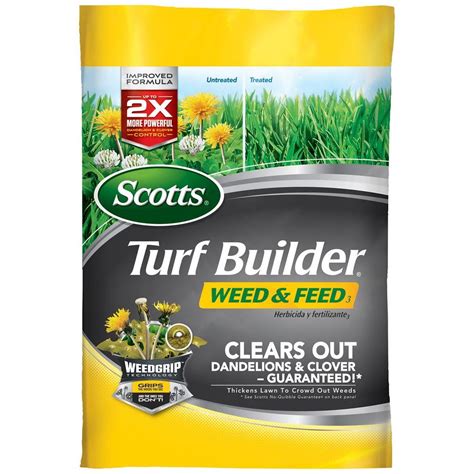
Scotts Turf Builder Weed & Feed is a popular choice for homeowners because it is easy to use and effective at killing weeds. It contains a combination of herbicides and fertilizers, so it will not only kill weeds but also help your lawn grow thicker and healthier.
2. Ortho WeedClear Lawn Weed Killer
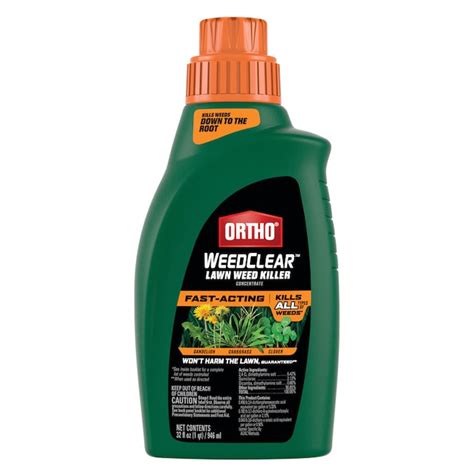
Ortho WeedClear Lawn Weed Killer is another effective weed control product that is easy to use. It is a concentrated formula that you mix with water and apply to your lawn. It will kill most common lawn weeds, including dandelions, clover, and crabgrass.
3. Roundup For Lawns Weed Killer
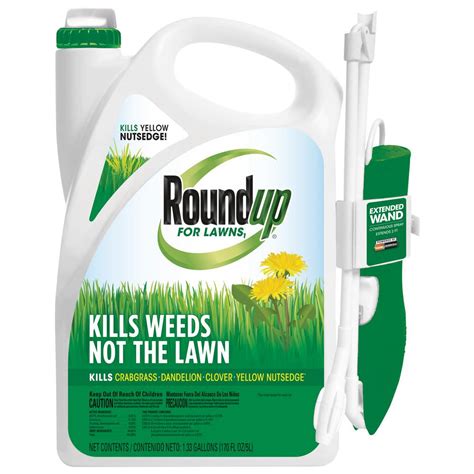
Roundup For Lawns Weed Killer is a powerful weed killer that will kill even the toughest weeds. It is a non-selective herbicide, so it will kill any plant that it comes into contact with. Be sure to follow the directions carefully when using this product, as it can be harmful to humans and animals if it is not used properly.
4. Spectracide Weed Stop For Lawns
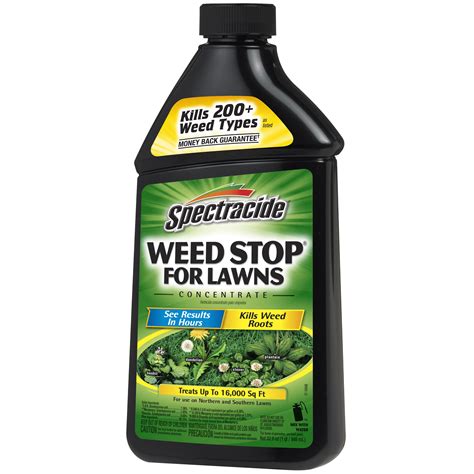
Spectracide Weed Stop For Lawns is a pre-emergent herbicide that will prevent weeds from germinating in your lawn. It is a granular formula that you apply to your lawn in the spring or fall. It will create a barrier that will prevent weeds from taking root.
5. Bayer Advanced All-in-One Lawn Weed & Crabgrass Killer
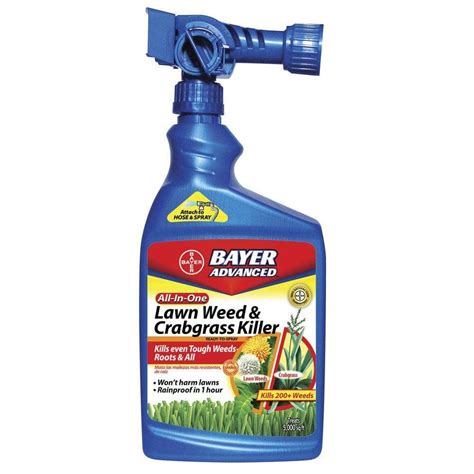
Bayer Advanced All-in-One Lawn Weed & Crabgrass Killer is a combination of herbicides that will kill both broadleaf weeds and crabgrass. It is a liquid formula that you apply to your lawn with a sprayer. It will kill weeds on contact and will continue to work for up to 3 months.
